Back in the days of disc-only gaming, level-crashing bugs were fairly common. While PC gamers have long been able to leverage exploits to their advantage and overcome game-busting bugs, those resigned to consoles had to grin and bear it.
Nowadays, just about every one of the 3 billion gamers on the planet is connected to the internet. Whether you’re playing on a PC, a ninth-generation console, or via a smartphone, you’ve got a direct line to the developers behind the game. Patch updates are a constant presence, even if you’re not aware of them.
What Are Patch Updates?
Patches are commonplace in the world of computing. They’re usually released to fix existing issues or improve functionality. In general computing, patches are usually developed and released to improve program performance or tackle things like security vulnerabilities.
In the gaming sector, patches are usually/ly released to handle compatibility issues. However, more advanced updates are designed to make more fundamental changes to the games themselves. Most patches come about after a game exploit is discovered. While they’re not a particular problem with games anchored to single-player campaigns, exploits are a huge issue for multiplayer titles. If one player gets wind of an exploit, they can use it to acquire an unfair advantage.
Thousands of exploits have been uncovered throughout video gaming history. Common exploits include duplication of in-game currency or valuable items, which players can use to bolster their coffers and inventories. Many players also exploit speed bugs, such as bunny hopping. Regularly encountered in first-person shooters, bunny hopping bugs let players move their in-game avatars quickly across a map, often at speeds that far outpace the competition.
How Do Developers Respond?
Sometimes, exploits become embraced by the gaming community. If a bug leads to an unexpected but universally loved exploit, developers may choose to fold this into the fabric of the game itself. This was the case with the Quake series when the so-called rocket jumping technique became a staple of competitive play.
However, most bugs need to be rectified. Rather than send a complete revision of a game, developers create and send targeted patches to internet-enabled users. These fixes come with patch notes, which outline what changes have been made.
What’s included in a typical patch update? Let’s take a look at Dota 2 as an example. The first patch update of 2023 included role filters that allowed players to select a hero that best fits their gameplay requirements. It also included the removal of the jungler role from the hero selection list, as well as a JavaScript update. Wondering how the professionals have adapted to these changes? For the latest information about Dota 2 tournaments click here.
Patch Updates Aren’t Always Popular
Although most patch updates resolve game-critical issues, they don’t always do what they’re supposed to. General operating system updates for Microsoft Windows have been known to cause gaming performance issues, leaving some users unable to play their favorite games. Sometimes, patches can have a significant impact on a game’s ecosystem. Take the duplication issue as an example. By removing excess currency from an in-game economy, knock-on effects like inflation become a real concern.
Furthermore, many people in the gaming community feel too many developers are reliant on patch updates. Some detractors argue that patch updates have made game developers lazy. However you feel about them, patches are here to stay. They’re useful for improving gameplay mechanics and fine-tuning performance. Even so, it would be nice for developers to go the extra mile to put out bug-free titles, rather than rely on patch updates to resolve issues at a later date.

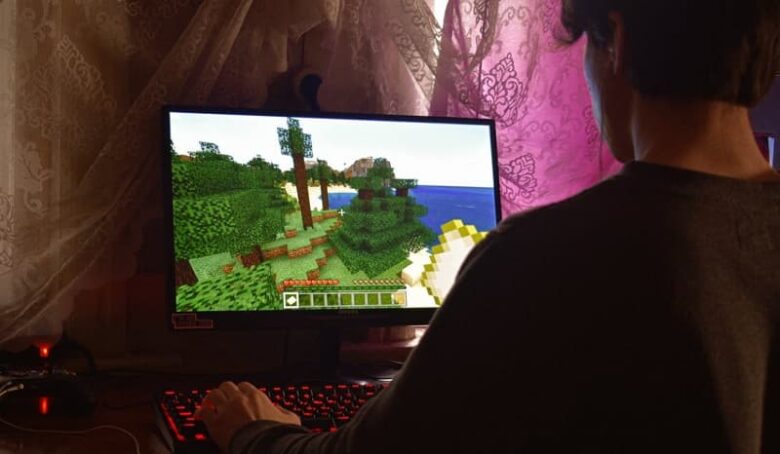


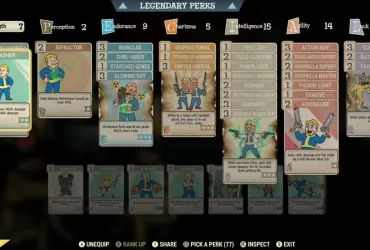
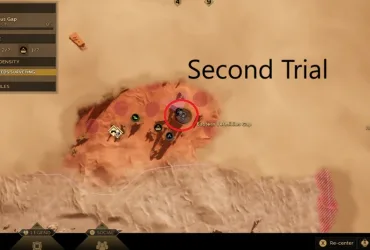
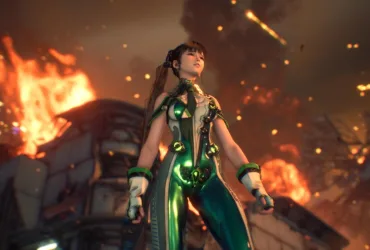



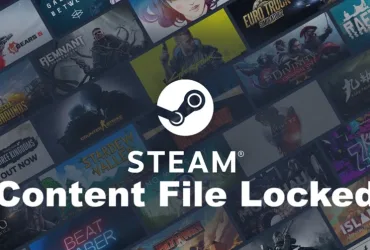
Leave a Reply